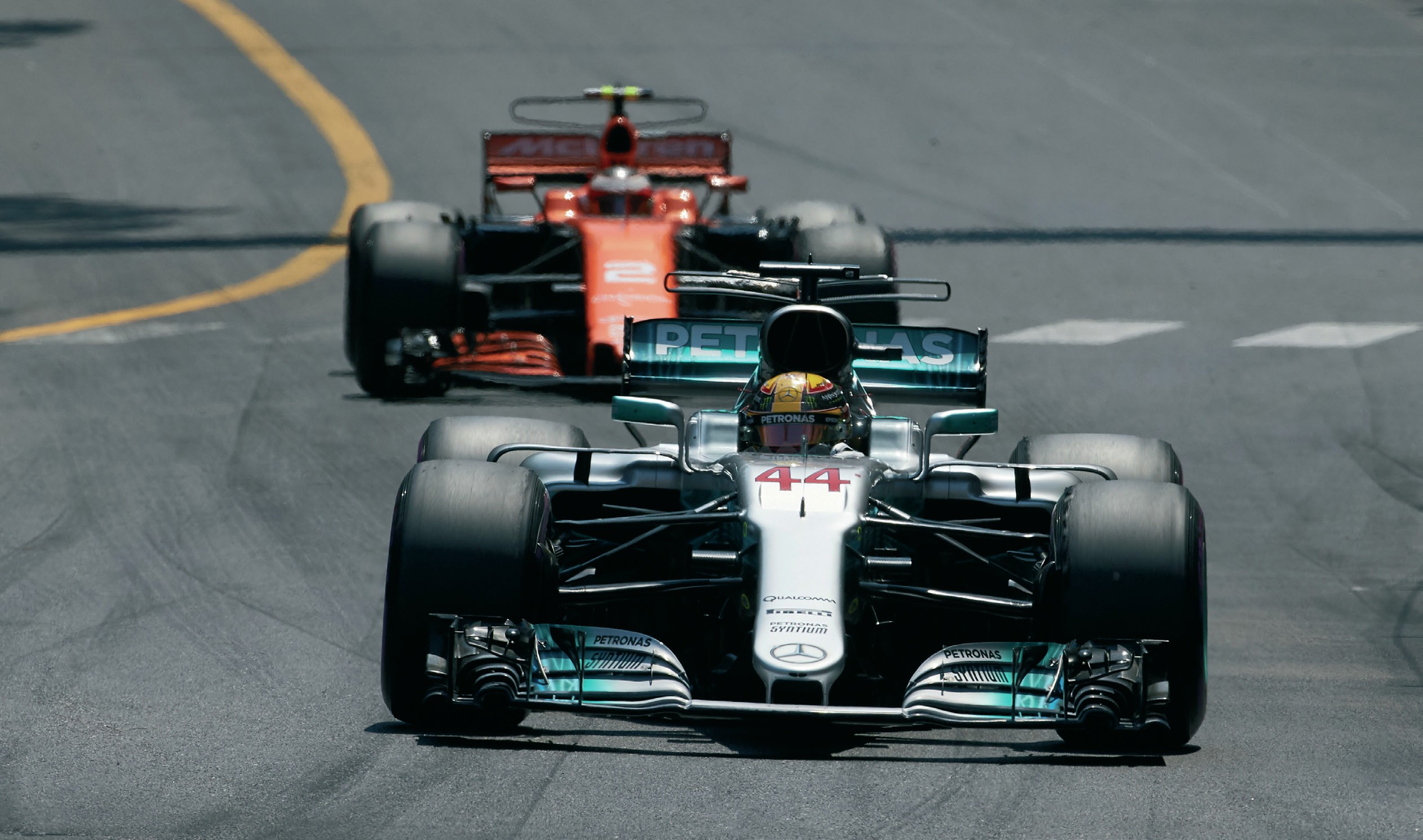
Formula 1 is an enduringly popular sport. The cars are faster and more powerful than ever thanks to cutting-edge science and engineering, from aerodynamic wings to the powerful six-cylinder engine. However, there is one factor that is often overlooked, which is just as important as aerodynamics and weight: fuel.
The fuel used in F1 vehicles is a mixture of hydrocarbons (CnH2n+2), not too dissimilar to the petrol propelling domestic cars. Energy is released to power the engine through combustion of the fuel, producing hot gases. For example, octane (C8H18) burns in oxygen to produce carbon dioxide and water:
Your organisation does not have access to this article.
Sign up today to give your students the edge they need to achieve their best grades with subject expertise
Subscribe




